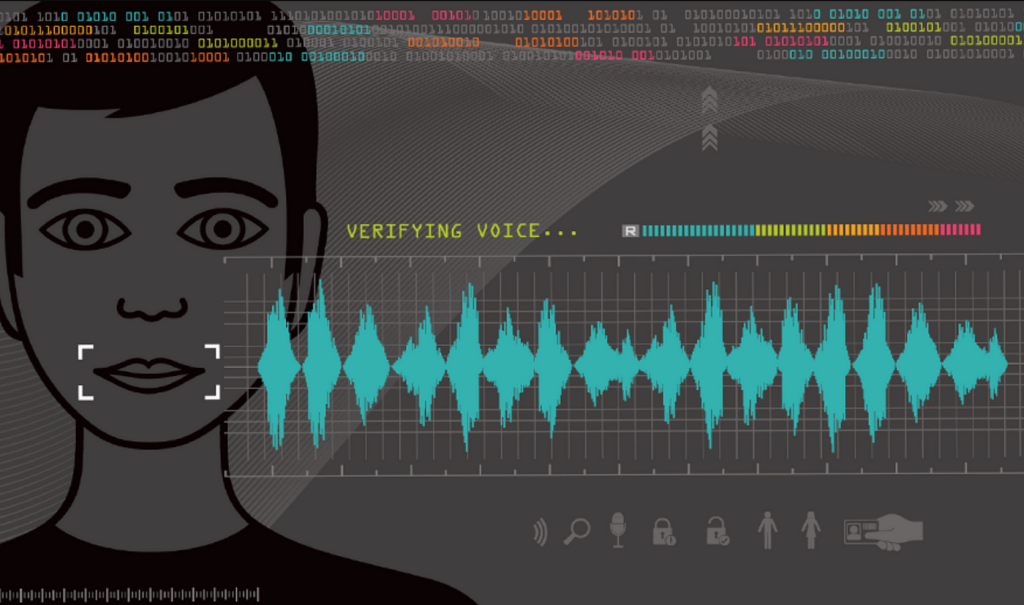The Silent Symphony – Forensic Voice Analysis in Modern Policing
In the ever-evolving landscape of forensic science, the harmonious integration of technology and investigative methodologies has ushered in a new era for law enforcement. Among the various tools at their disposal, forensic voice analysis has emerged as a potent instrument in deciphering the enigmatic cadence of human speech. Often referred to as the Silent Symphony, this technique delves into the intricate nuances of vocal patterns, unraveling a symphony of clues that can be pivotal in solving crimes. Forensic voice analysis involves the examination of an individual’s speech characteristics, including pitch, tone, rhythm, and articulation. These acoustic fingerprints can be as distinctive as a person’s DNA, allowing investigators to link a voice to a particular individual with a high degree of accuracy. The technology employs advanced algorithms and machine learning to analyze these acoustic features, creating a virtual profile that is unique to each speaker. This innovative approach has proven particularly effective in cases where traditional evidence might be lacking or inconclusive.

One of the primary applications of forensic voice analysis is in the identification and verification of speakers in audio recordings. Whether it is a threatening phone call, a ransom demand, or a recorded conversation, the silent witness of a voice can provide crucial leads for investigators. The technique has been instrumental in solving cases ranging from harassment and extortion to high-profile criminal investigations. By extracting aural fingerprints from the cacophony of sounds, forensic voice analysts can piece together the puzzle of events and identify perpetrators who thought they could remain hidden in the auditory shadows. Moreover, forensic voice analysis extends beyond mere identification; it also plays a pivotal role in assessing the emotional state of a speaker. By scrutinizing variations in pitch, stress, and intonation, analysts can gauge the speaker’s emotional state during the recorded conversation. This insight adds a layer of understanding to the investigation, offering detectives valuable clues about the mental state and potential motives of the individuals involved.
The implementation of Adept Forensics forensics voice analysis in modern policing, however, raises ethical considerations and challenges. Admissibility in court, the potential for misuse, and the need for rigorous standards in analysis are all subjects of ongoing debate. Striking a delicate balance between technological advancements and safeguarding civil liberties is imperative to ensure the responsible and ethical use of this powerful forensic tool. In conclusion, the Silent Symphony of forensic voice analysis has become a transformative force in modern policing. As technology continues to refine our ability to decode the intricacies of human speech, law enforcement agencies find themselves equipped with a powerful ally in solving crimes and ensuring justice. Yet, the harmonious notes of this symphony must be played with a keen awareness of ethical considerations, ensuring that the pursuit of truth does not compromise the principles that underpin a just and fair society.